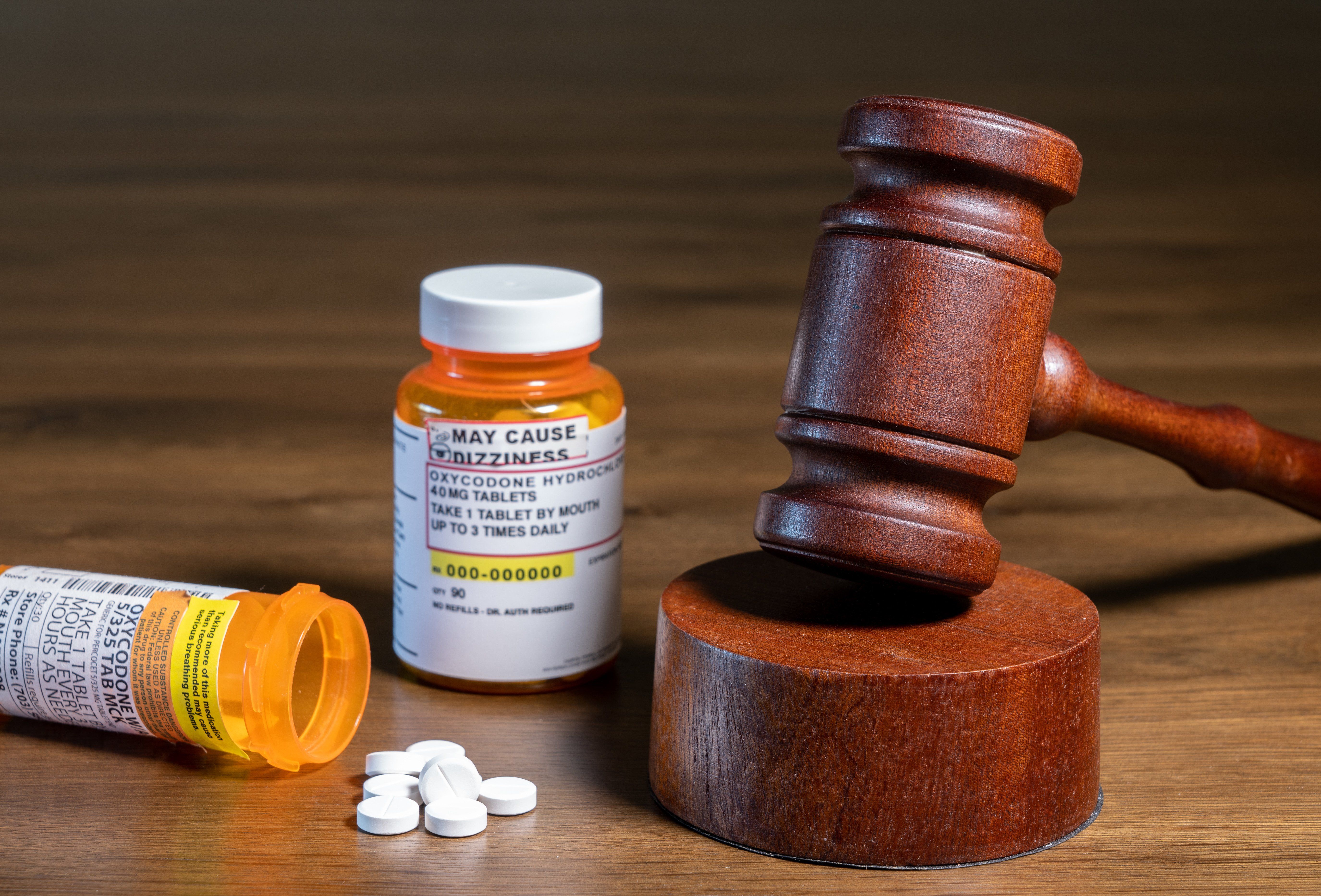Article
Arrests more likely, agonist drug treatment rare for opioid users in justice system
Author(s):
Medications including methadone effective but little used, study says.

Opioid users are more likely to get arrested compared to nonusers, but use of federally approved treatment medications is relatively rare for them, according to a new study.
Fewer than 6% of users in criminal justice cases received opioid agonist drugs as part of a treatment plan, said the study published in the journal Substance Use & Misuse.
“The criminal justice system is well-positioned to facilitate an individual’s engagement in effective care at several intervention points including contact with first responders, case adjudication, sentencing, supervision and re-entry,” senior author Wendy P. Guastaferro, PhD, said in a news release.
“We know that opioid agonist treatment is related to better outcomes for justice-involved individuals, including reduced opioid use, reduced overdose deaths, improved treatment engagement, reduced criminal behavior, and lower crime costs,” said Guastaferro, associate professor in Florida Atlantic University’s School of Criminology and Criminal Justice. “However, only a fraction of justice-involved individuals receive this treatment even though its effectiveness is well-established.”
The opioid agonist medications methadone, buprenorphine and naltrexone reduce withdrawal symptoms and cravings, block effects of opioid use and reduce risk of death by 33%.
The study examined from 2014, with 105,988 patients referred for treatment through the criminal justice system.
Most of the sample were users who reported heroin as a drug of choice and who previously received substance abuse treatment. For 95% of them, treatment plans did not include opioid agonist drugs.
Around the nation, 15 states did not have certified opioid treatment programs. Only 15% of U.S. counties reported licensed opioid treatment programs dispensing methadone and nearly half of all U.S. counties did not have a physician approved to prescribe or dispense buprenorphine, according to the study.
Among the results, older users, Latinos and people living in the Northeast were more likely to receive the opioid medications in their treatment plans.
Although largely framed as a problem affecting white people, the study reported between 2010 and 2018, opioid overdose deaths rose 355% for Black people and 218% for Hispanic people.
“Dismantling barriers to treatment can improve both public health and community safety,” Guastaferro said in the news release. “The criminal justice system must reduce regulatory burdens and systemic resistance to opioid agonist treatment while increasing funding for access to treatment to effectively serve those struggling with opioid use disorder.”





